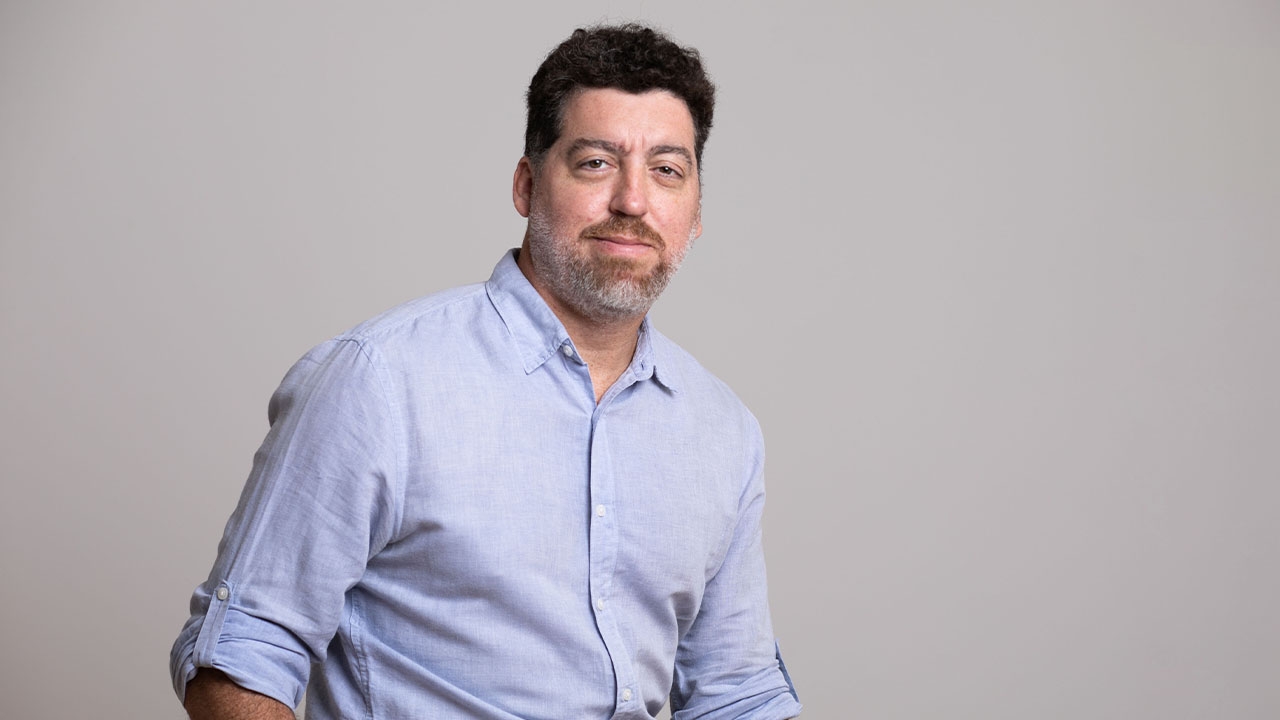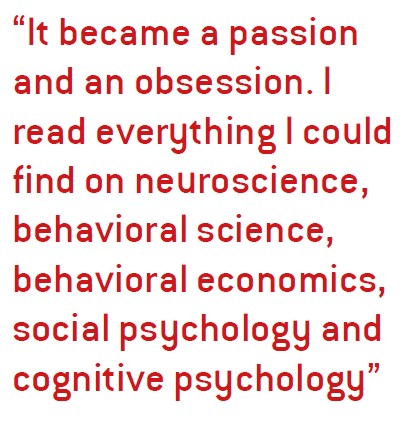The psychology of design
Branding specialist Fernando Arendar uses insights from neuroscience, psychology and behavioral economics to create packaging that connects with consumers

The use of neuroscience, psychology and behavioral economics by branding experts and marketers to gain insight into consumer behavior has risen steadily over the past decade or so. But Fernando Arendar, a Buenos Aires-based branding specialist focused on packaging, believes that the important lessons gained from these fields are too often ignored, mistrusted or misunderstood by brands and packaging designers.
Arendar, who has more than 18 years of experience as a brand strategist and packaging designer, has worked with global brands such as PepsiCo, AB InBev, Nestlé, Kimberly Clark, Unilever and Arcor. He founded Nitid Studio in 2021 with the idea of applying behavioral science to the branding work it performed for its clients.
As the son of a psychoanalyst and a native of Argentina – which has more psychoanalysts per capita than any other country – it was an appropriate pivot for Arendar, whose passion for packaging began in childhood. The turning point came during the pandemic when he dedicated significant time in lockdowns to analyzing why certain packaging design projects had proved successful and which did not.
‘The more I investigated, the more questions arose,’ he recalls. ‘Why does a particular brand strategy work? What makes it work? It comes down to people and their behavior, so I began to study that. The first book that led me to delve deeply into the subject was “Decoded: The science behind why we buy” by Phil Barden. It led me to study the work of [the psychologist and economist] Daniel Kahneman and [the neuroscientist] Lisa Feldman Barrett and others. I wanted to understand the brain and why we behave the way we do. It became a passion and an obsession. I read everything I could find – books, studies, research papers – on the topics of neuroscience, behavioral science, behavioral economics, social psychology and cognitive psychology.
‘There is a great deal of investigation in these fields that relates to packaging and consumer behavior, but I realized that the world of scientific research and the world of branding are too disconnected. I wanted to bridge the gap between behavioral economics and psychology, and the world of packaging.’
Simulate
Phil Barden’s ‘Decoded’, published in 2013, showed how insights from the fields of behavioral economics and psychology – particularly Daniel Kahneman’s Nobel Prize winning work – could help to explain consumer behavior. Kahneman integrated economic science with the psychology of human behavior, judgment and decision‑making. The central thesis of his book ‘Thinking, fast and slow’ was that the human brain works under two systems. System one, essentially ‘auto-pilot’, is used when we carry out activities intuitively and automatically – such as driving a car. System two is deployed when taking conscious decisions, or those that require greater reasoning. Our brain spends most of the time using system one, as it is the most effective way of optimizing the energy consumed. This includes making decisions at the time of purchase.

Work by neuroscientists, meanwhile, has shown that we experience the world through our brains. The brain is not an objective reader of events and objects – rather it interprets them and gives them meaning. The taste perception of a product, for example, can change dramatically depending on how it is presented or what color it is. A quote by neuroscientist Lisa Feldman Barrett adorns Nitid Studio’s website: ‘What we see, hear, touch, taste and smell are largely simulations of the world, not reactions to it.’
‘A key moment was understanding how we construct memory,’ says Arendar. ‘When we see something, our brain immediately and automatically connects it with other concepts – this is known as “spreading activation”. This helped me to understand which packaging designs might work or not, because of the memories or ideas they can trigger in the brain.’
Stimulate
Some brands, says Arendar, make the mistake of believing that consumers think rationally, while some designers and
marketers mistrust these theories when it comes to their application in packaging design. ‘It can sometimes seem that they are threatened by the possibility that neuroscientific theories undermine the “magic” of the profession.’
Or sometimes they misunderstand them. ‘One example is the idea that the brand needs to tell a story,’ he says. ‘Many brands end up putting too much information on the packaging. Don’t tell the story by using lots of words – you have to make the brain create the story thanks to the design and what it stimulates. Rather than trying to be clever, you should try to be clear.
‘Another example is the famous five-second rule, about how long the consumer takes to choose a product. It is not really a question of time but a question of energy, because our brain is in energy-saving mode most of the day. If you watch shoppers in action, sometimes they will spend longer evaluating a product. It depends on the product, and it depends on the profile of the consumer.’
The application of these lessons to his work had a hugely positive impact and helped Arendar to understand why previous projects were successful.
His clients, mainly consumer goods companies in the United States, have been receptive to his methods.
‘In the US market, brands are very open to new ideas,’ he says. ‘They have more respect for our profession and our time and knowledge. They have fun with the projects.
‘It’s not a silver bullet – it reduces risk more than it eliminates failure. And it depends on the context of the consumer market: you can’t necessarily just replicate the same strategy in different geographic areas. But understanding how our mind works and how we make decisions can significantly reduce the chances of making mistakes, avoid losses for our clients and provide us with powerful tools to be more effective when it comes to implementing our proposals and strategies.’
Stay up to date
Subscribe to the free Label News newsletter and receive the latest content every week. We'll never share your email address.


